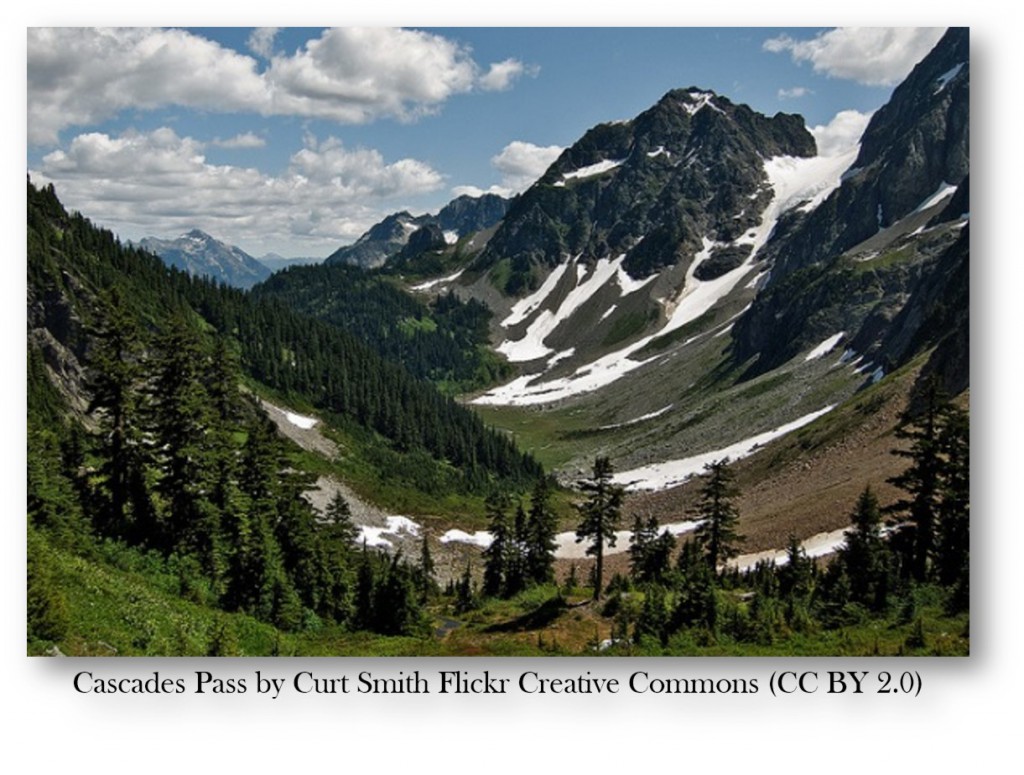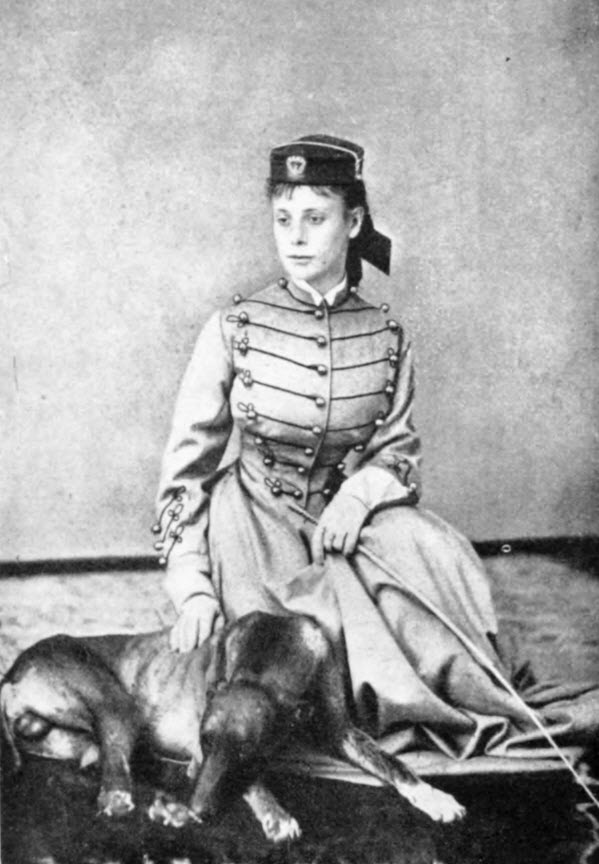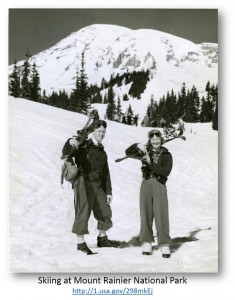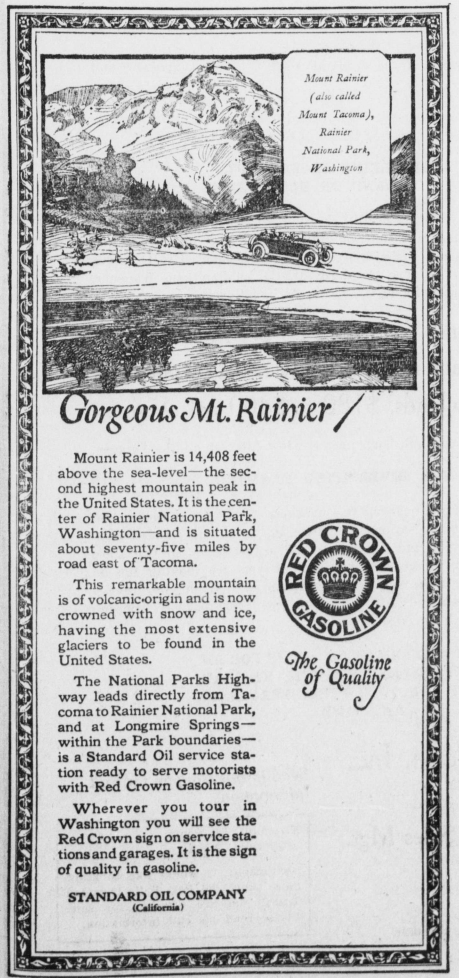 From the desk of Nikki Chiampa
From the desk of Nikki Chiampa
The Centralia Daily Hub began as an Independent newspaper on September 29, 1913 with editor George A. Dew and publisher Madison “Elsy” Ellsworth Cue at the helm. The other publisher of the paper was the Hub Printing Company, Inc., an enterprise of which Cue was president. The Daily Hub was issued every afternoon with the exception of Sundays, reporting on both international and local news. Within a year of its inception, circulation of the paper had risen to approximately 1,141 issues, with distribution in Centralia and surrounding towns. During this time, Dew left his post at the paper and was succeeded by Victor Jackson. When Jackson left the paper in 1915, Cue ended up taking on the editorial role as well.
Significant events, including WW1, Women’s Suffrage, and Prohibition initially appeared as headlines on the front page. As time wore on, however, the newspaper shifted its focus to cover more socially inclined news on a local scale. The Daily Hub often took on a moral stance and eschewed objective reporting in its articles. When referring to the “drys,” those fighting for Prohibition, the paper describes the group as the “better element of this city.” In contrast, it berates the “clique” of local bankers and businessmen, declaring that these men defrauded the city during Centralia’s financial crisis of 1914. The Daily Hub remained righteous even when the topic was not political, expressing outrage at provocative movie posters on display at a local theater. The paper claims that “those whose mission it is to uplift, protest, and help to a better living” were being careless and slothful with their duties.
By its third year of publication, The Daily Hub was boasting of its “clear conscience” and the enemies it has gained, labeling their opponents as the “lawless and predatory” populace of Centralia. However, staff of The Daily Hub were not immune to the consequences of their antagonism. In one case, Vera Reynolds, a staff writer, was arraigned in court for libel. She alleged in one of her articles that prosecuting attorney Chester Alan Studebaker and Sheriff Thomas C. 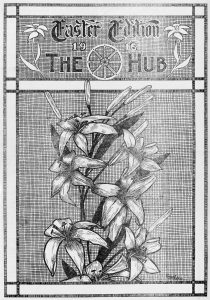 Foster were “laid out” by Frank Nehring, whom they were attempting to arrest. Even The Daily Hub’s publisher, M.E. Cue, was tried in court multiple times and charged in 1916 for throwing a pig of linotype metal at Joe Lucas, a local theater manager.
Foster were “laid out” by Frank Nehring, whom they were attempting to arrest. Even The Daily Hub’s publisher, M.E. Cue, was tried in court multiple times and charged in 1916 for throwing a pig of linotype metal at Joe Lucas, a local theater manager.
After only five years and with 2,228 papers in circulation, The Daily Hub officially ceased publication on March 30, 1918. It was succeeded by The Centralia Evening Hub, which ran for the month of April that same year. Immediately thereafter, it transformed into the Republican paper, The Centralia Daily Hub, which was issued from May 1, 1918 until publication was suspended on April 10, 1919. During these rapid changes, M.E. Cue and his company remained as publishers up to the final issue of the paper’s demise. Although the Centralia Daily Hub announced plans to return from its “sabbatical,” it had no successors.
The Centralia Daily Hub along with many other early Washington newspapers can be found on our Washington Digital Newspapers website.






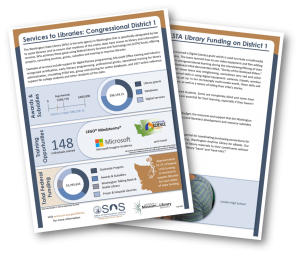 The Washington State Library (WSL) has compiled fact sheets to illustrate funding and support from WSL to libraries across the state. We do this annually organized by legislative and congressional district. Our
The Washington State Library (WSL) has compiled fact sheets to illustrate funding and support from WSL to libraries across the state. We do this annually organized by legislative and congressional district. Our  The Winlock Library’s ascent into STEM really started with a WSL workshop that Joe Olayvar and Evelyn Lindberg put on at Timberland’s Service Center. I had never touched a programmable robot but I left that day KNOWING that the kids (all ages) of Winlock would love them. On my way out the door, I ran the idea by my supervisor and the director and they both gave me the green light to pursue robotics. I contacted my Friends group and they enthusiastically funded the purchase of two Legos Mindstorms EV3 Core kits. We now own four of the Core kits and three expansion sets. Although we routinely hold formal “Robots Rock” programs, all of our equipment is available on demand. Kids (often families) can come in any time and ask to use the “toys”, and we happily get them out.
The Winlock Library’s ascent into STEM really started with a WSL workshop that Joe Olayvar and Evelyn Lindberg put on at Timberland’s Service Center. I had never touched a programmable robot but I left that day KNOWING that the kids (all ages) of Winlock would love them. On my way out the door, I ran the idea by my supervisor and the director and they both gave me the green light to pursue robotics. I contacted my Friends group and they enthusiastically funded the purchase of two Legos Mindstorms EV3 Core kits. We now own four of the Core kits and three expansion sets. Although we routinely hold formal “Robots Rock” programs, all of our equipment is available on demand. Kids (often families) can come in any time and ask to use the “toys”, and we happily get them out. STEM programs, most are still focused on the teaching and testing of the original 3 R’s. I read a study that said only 10% of school aged kids have access to STEM programming, and that is often on a limited basis and sometimes not until high school. For many kids, we are really missing that ideal window of opportunity to introduce coding, construction, robotics, etc. I believe that through the public library system, we can help bridge that gap.
STEM programs, most are still focused on the teaching and testing of the original 3 R’s. I read a study that said only 10% of school aged kids have access to STEM programming, and that is often on a limited basis and sometimes not until high school. For many kids, we are really missing that ideal window of opportunity to introduce coding, construction, robotics, etc. I believe that through the public library system, we can help bridge that gap.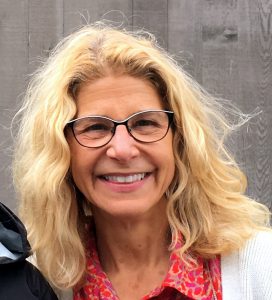 A letter from our State Librarian, Cindy Aden
A letter from our State Librarian, Cindy Aden From the desk of Rand Simmons
From the desk of Rand Simmons I was sitting in the office yesterday and someone pointed to the hallway and said, “Look at all of the puppies”. I went out in the hallway and found about a dozen puppies spilling out of a basket and climbing over each other. Standing around in a circle were about 10 grown men some with tattoos and ponytails cuddling, petting and cooing at the little canines thus erasing the stereotype of tough convicts with a few simple gestures. The men told me they were about 3 weeks old and had every sort of coloring, black and white, brown and red, all brown, all white.
I was sitting in the office yesterday and someone pointed to the hallway and said, “Look at all of the puppies”. I went out in the hallway and found about a dozen puppies spilling out of a basket and climbing over each other. Standing around in a circle were about 10 grown men some with tattoos and ponytails cuddling, petting and cooing at the little canines thus erasing the stereotype of tough convicts with a few simple gestures. The men told me they were about 3 weeks old and had every sort of coloring, black and white, brown and red, all brown, all white.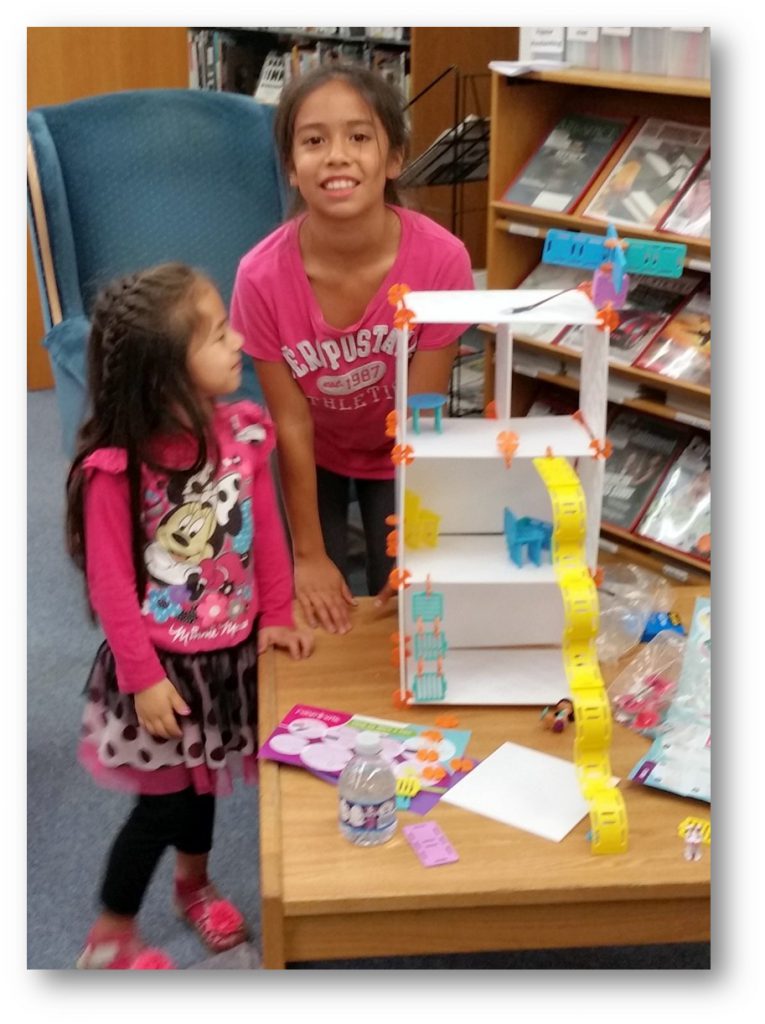 No matter what type of library you work in or what your role, we all have something in common. We care about the people we serve, we care about providing excellent resources and we care about connecting those two things. Library Development is the branch of the state library which administers federal (LSTA) funds. We create programs to support the libraries of the state which we hope in turn will benefit the residents of Washington state. We love what we do, but the nature of our work puts us one step away from our end users. So we really love it when we hear stories about how our projects impact the lives of our fellow Washingtonians.
No matter what type of library you work in or what your role, we all have something in common. We care about the people we serve, we care about providing excellent resources and we care about connecting those two things. Library Development is the branch of the state library which administers federal (LSTA) funds. We create programs to support the libraries of the state which we hope in turn will benefit the residents of Washington state. We love what we do, but the nature of our work puts us one step away from our end users. So we really love it when we hear stories about how our projects impact the lives of our fellow Washingtonians.